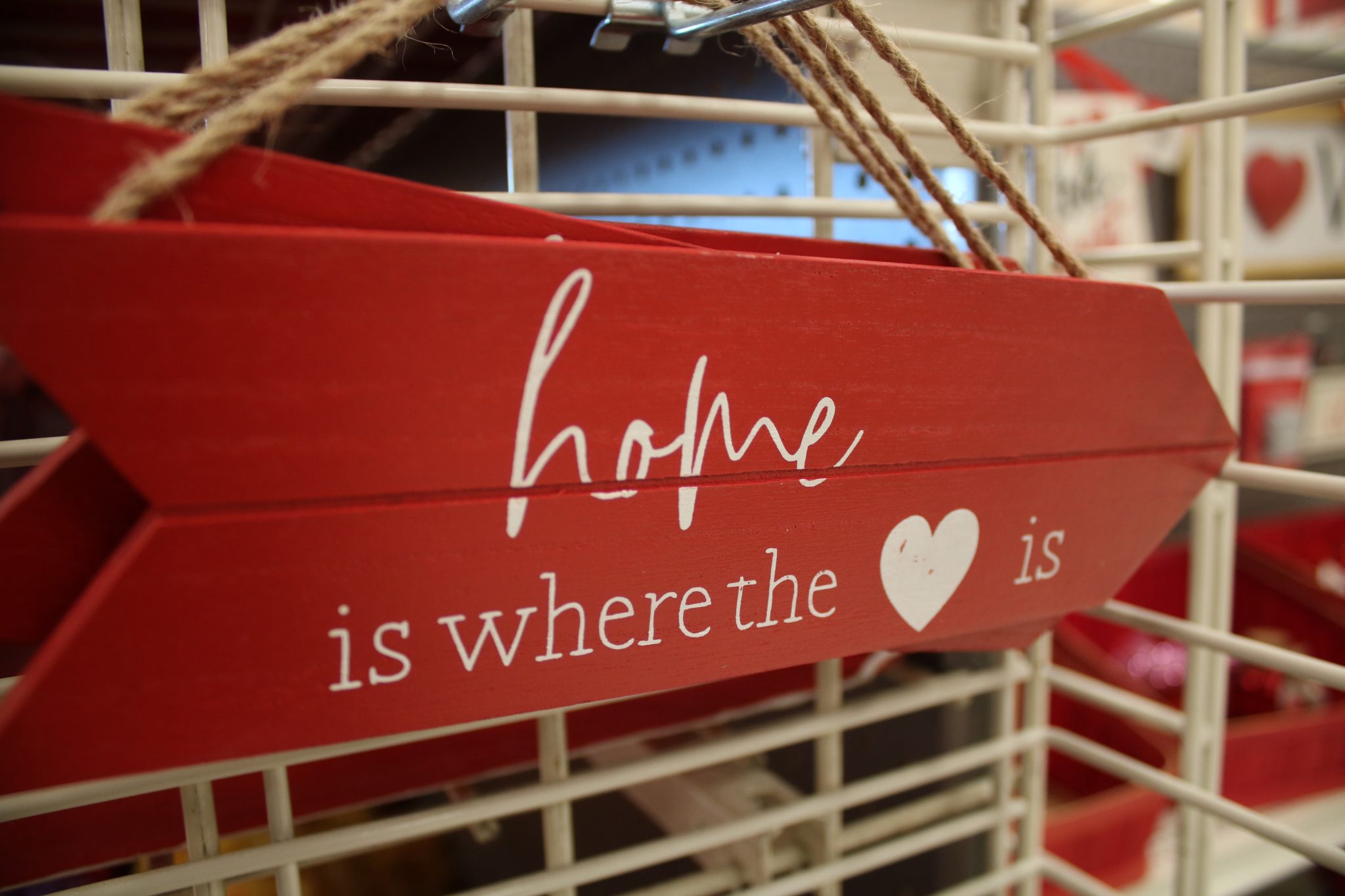The origins of the romantic holiday are often muddled and are difficult to pinpoint. However, the festivities of cupids, chocolate and date nights evolved over time with roots dating back to ancient Rome.

Violence over romance
The way that the Romans celebrated Valentine’s Day looks quite different from today’s standards. They celebrated the feast of Lupercalia from February 13 to 15th and during these celebrations, men sacrificed a goat and a dog, then they would whip women with the hides of those animals that they had just slain.
As bizarre and violent as this sounds, it was a popular belief in ancient Rome that these actions would support fertility in women. The festival also brutally matched couples together for the duration of the festival by having young men select the names of women from a jar. If that match was right, the couple may stay together longer than the festival.
The contemporary name, “Valentine’s Day,” was also said to have origins to ancient Rome as Emperor Claudius II executed two men – both named Valentine on February 14th in different years during the third century.

Confusion and evolution
In the fifth century, Pope Gelasius muddled St. Valentine’s Day with the Lupercalia festival with the hopes of expelling pagan rituals. Noel Lenski, a Yale Professor spoke to NPR in 2011 about this part of history and noted that “it was a little more of a drunken revel, but the Christians put clothes back on it. That didn’t stop it from being a day of fertility and love.”
Around the same time as this was occurring the Normans were also celebrating Galatin’s Day. The word, Galatin meant “lover of women.” This was said to also confuse the St. Valentine’s Day holiday as they sounded similar.
As the years went on, English writers of literature would romanticize the holiday in their works. Notably, Chaucer and Shakespeare feature the holiday in their works which resulted in an increase of popularity throughout Britain and the rest of Europe. In the Middle Ages, handmade paper cards were the tokens of the day’s celebrations.

Capitalism? Romance? Or both?
Like many holidays, Valentine’s Day has become massively commercialized in contemporary times. The simple basics of capitalism is the idea of supply and demand, which Helen Fisher, a sociologist at Rutgers University alludes to as the causation of the shift in the holiday. Fisher said: “This isn’t a command performance. If people didn’t want to buy Hallmark cards, they would not be bought, and Hallmark would go out of business.”
The increase of social media use also contributes to the holiday’s marketing and promotion of pricy gifts. With Instagram and TikTok, standards for the holiday have shifted. Many people purchase grand gifts or perform big gestures to produce content, which is posted online, making others feel like they have to do the same or want the same to be done for them in the name of love.

The evolution of Valentine’s Day has been in the works for centuries. What began as a violent festival tradition, has now transformed into a commercialized holiday where people express love for one another with the hopes of impressing the world through screens.


